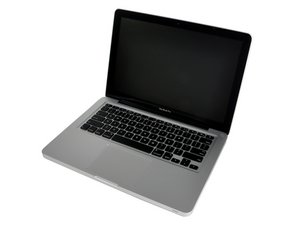Magsafe DC-in, water damage or something else causing no/slow charge?
Hello folks,
A glass of rum and coke was spilled on my laptop during a late night cooking session by my otherwise wonderful girlfriend. As soon as it happened I shut the computer off, opened it up and removed the battery. I then cleaned the spillage inside with rubbing alcohol and Q-tips. There was sugary liquid on the board itself that had entered through leftside ports. Computer was not plugged in at the time.
24 hours later, I restarted the computer, and, miracles of miracles, all seemed to work. However, I've realized that I'm having charging issues. When I plug in the laptop, I get a "not charging". About 30 minutes after plugging the computer in, magsafe light turns orange and computer begins to very, very slowly charge (went from 3% to 85% in 12 hours).
Battery is at 570 cycles (so should be fine). Coconut battery gives me a good status on the battery and regular temperature. Charging with between 0.2 and 0.7 watts when first plugged in, then up to 4 watts after 30 minutes.
I'm thinking I should just replace the magsafe dc-in. But it's a big(ish) job, and maybe I'm forgetting something. I've done SMC resets, to no avail. I've visually inspected the port, and everything seems fine. I've cleaned the port as well, and tried multiple power cords.
Any thoughts? Thank you so much!
EDIT: bumping with the hope of an answer. Sorry about the bad Internets behaviour.
この質問は役に立ちましたか?

 3
3 
 1.1千
1.1千  2.6千
2.6千 
1件のコメント
Nicely stated question ;-)
mayer さんによる